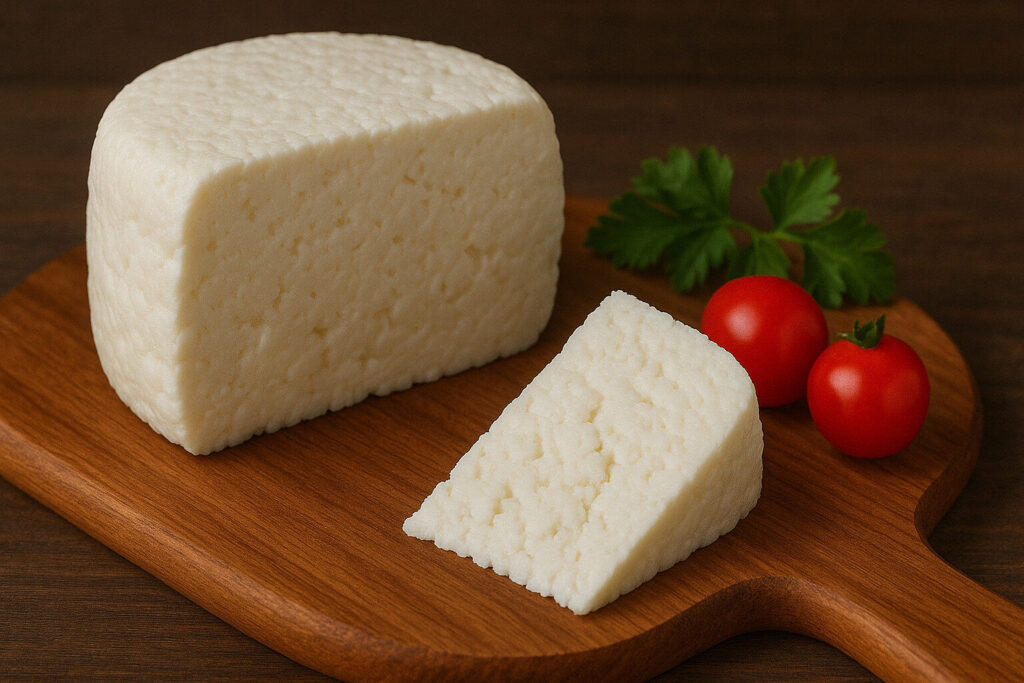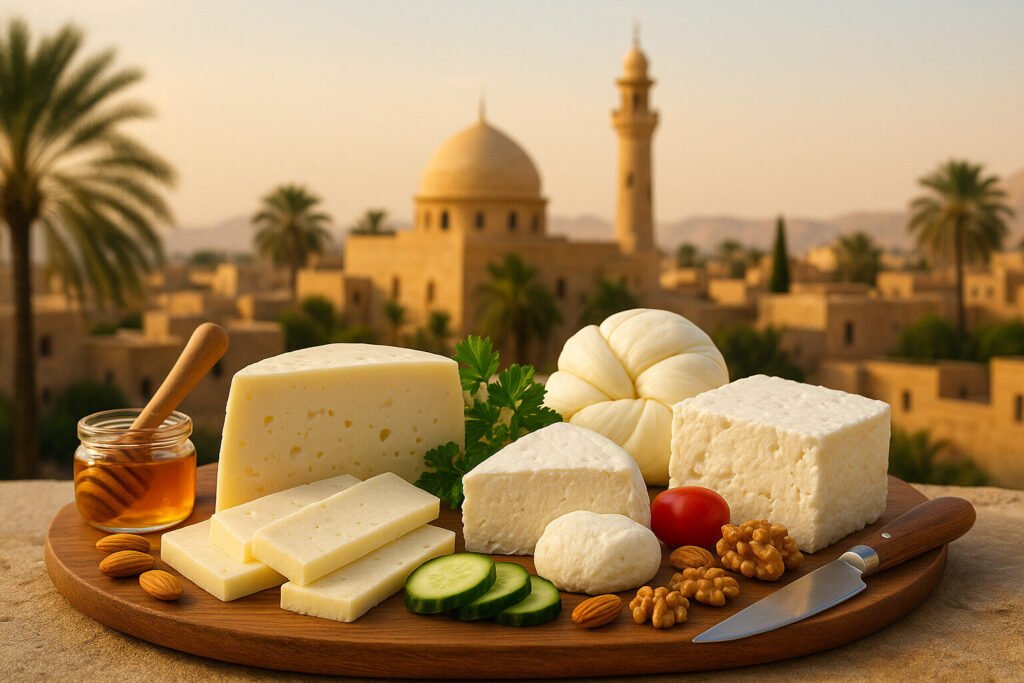Cheese Of Libya
Cheese in Libyan Cuisine
Libyan cheese traditions reflect the nation’s Mediterranean and North African influences. Most varieties are fresh, brined, or stretched-curd types due to the warm climate. Common examples include Jiben Arabi, a soft white cheese, and fermented mish.
These cheeses primarily use sheep’s or goat’s milk, sometimes blended with cow’s milk. Production methods emphasize preservation, leading to salty, tangy profiles. They are integral to daily meals rather than being aged delicacies.
Production Techniques
Traditional Libyan cheese-making relies on simple, practical methods suited to arid conditions. Fresh cheeses are often drained in cloth bags and lightly salted. Brining is widespread for preservation without refrigeration.
Many households still produce cheese at home using raw milk and natural cultures. Stretched-curd techniques create stringy textures for cooking. Industrial production remains limited, maintaining artisanal characteristics.
Sensory Profile
Libyan cheeses typically exhibit mild acidity and pronounced saltiness. Fresh varieties are moist, creamy, and mildly tangy. Brined cheeses develop firmer textures and stronger, savory notes.
Aromas range from milky and clean in fresh cheeses to slightly fermented in aged types. The flavor profile avoids extreme pungency or complexity. Texture varies from spreadable to semi-hard depending on moisture content.
Culinary Applications
Libyan cheeses serve both table and cooking purposes across the cuisine. They are commonly crumbled over salads, stuffed into pastries, or melted in sauces. Jiben Arabi often accompanies breakfast with bread and olives.
Grated dry cheese tops pasta dishes and baked vegetables. Cheese fillings appear in savory pies like sfinz and brik. It also gets blended into dough for certain bread varieties.
Regional Variations
Coastal regions produce more brined cheeses using sheep’s milk. The western Nafusa mountain area specializes in goat milk varieties. Urban centers might incorporate imported cheese styles into local recipes.
Southern desert communities create drier, saltier cheeses for longevity. Some coastal towns add herbs like thyme during production. Regional differences mainly concern milk type and salt levels rather than entirely distinct varieties.




